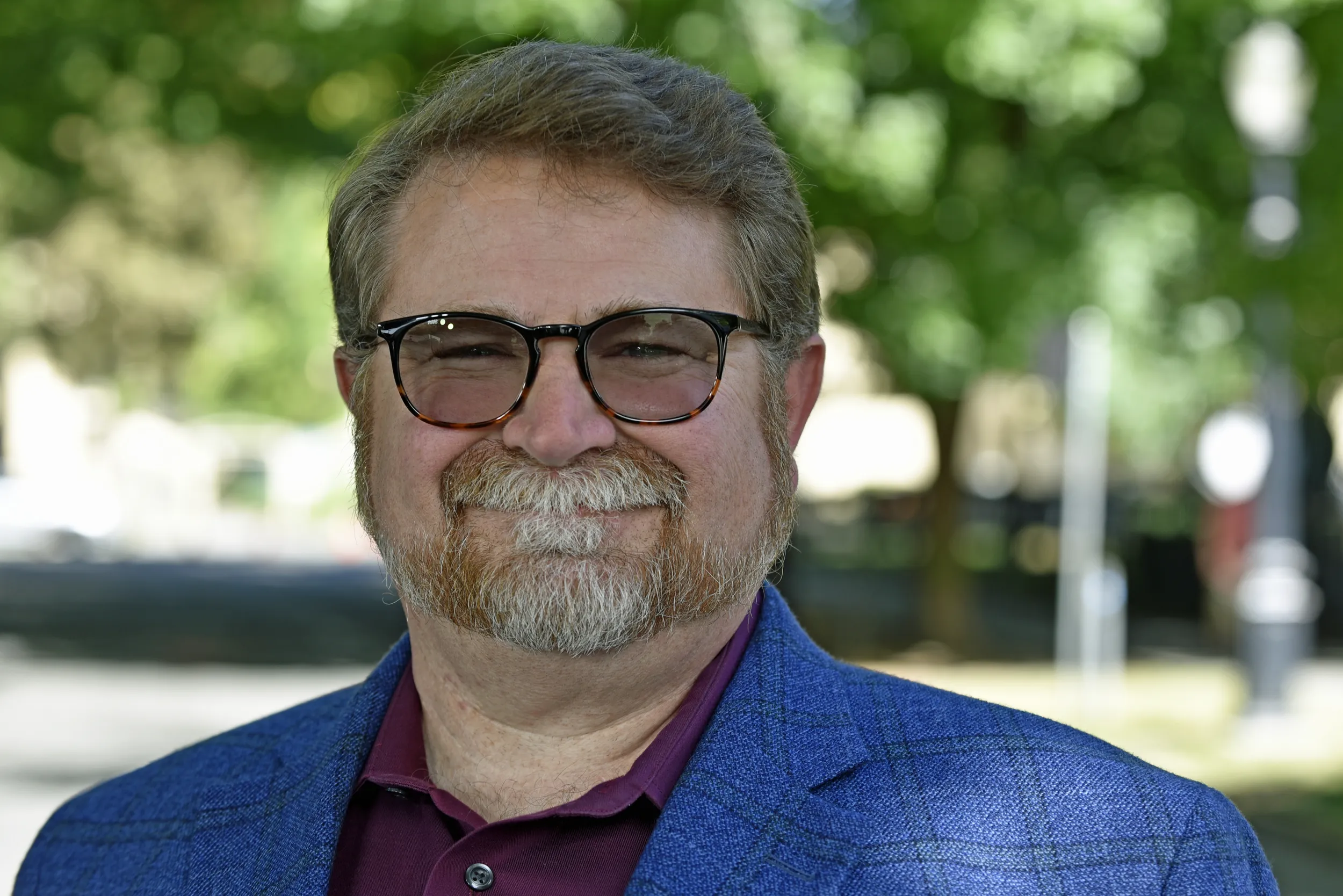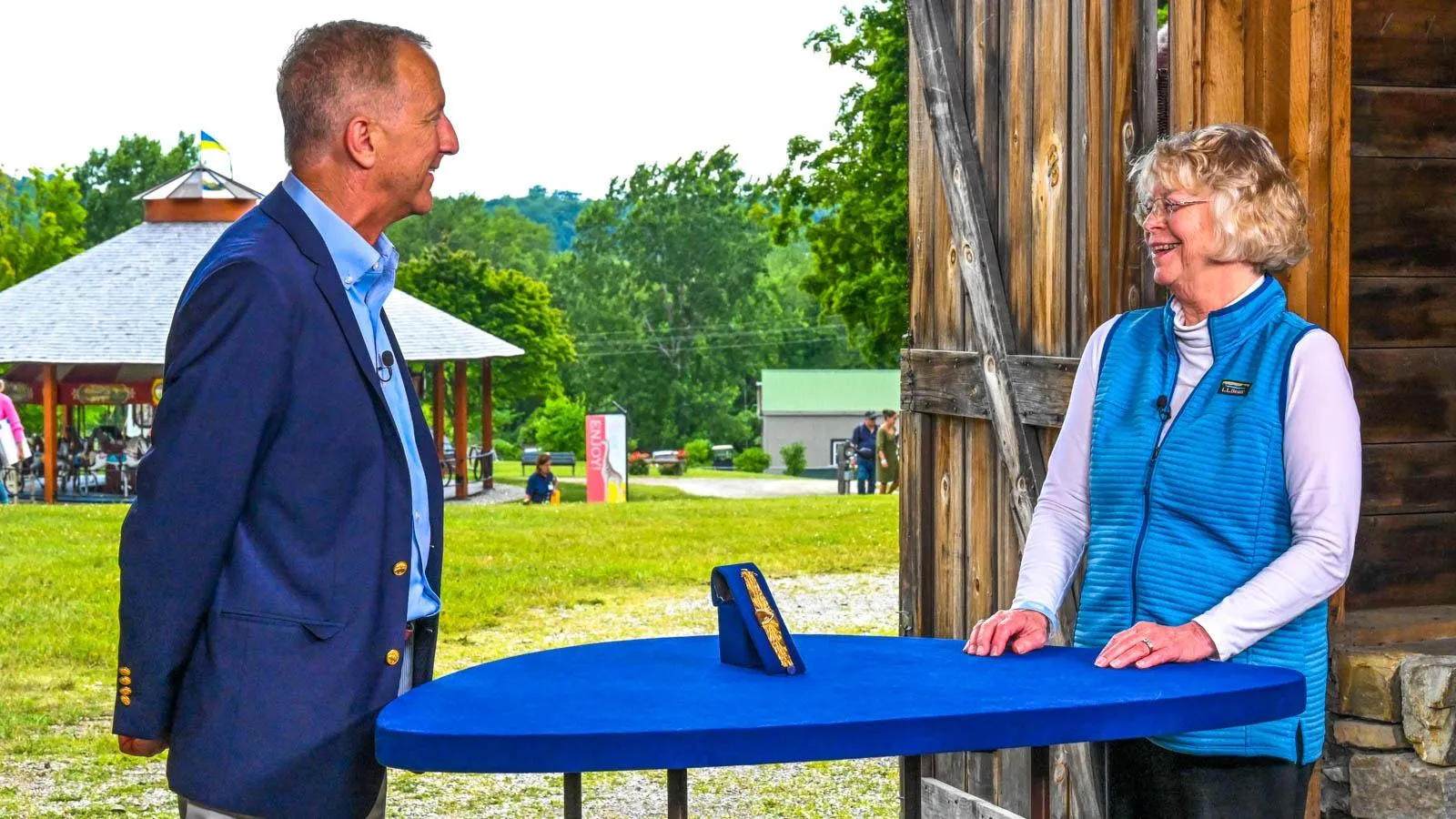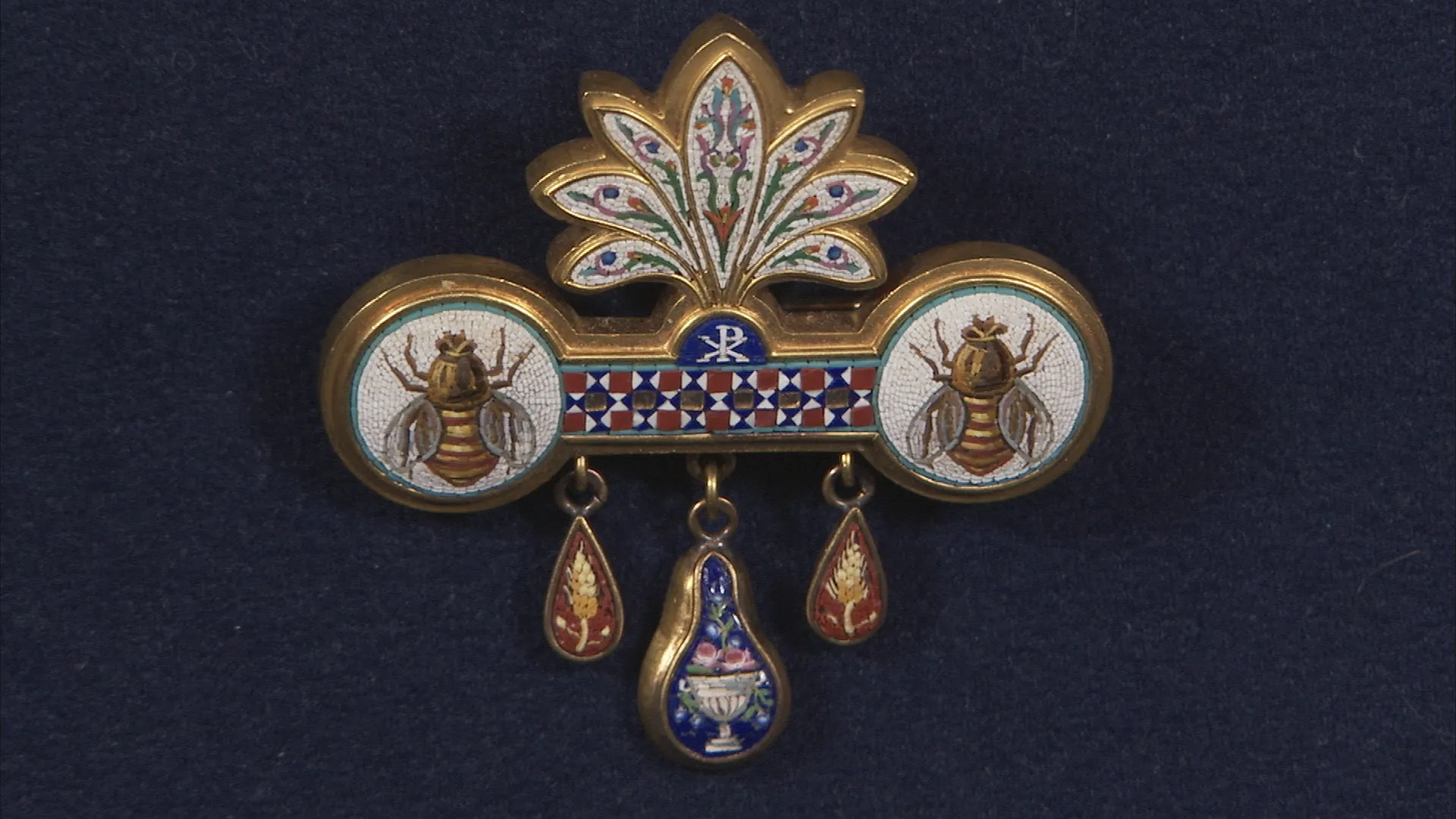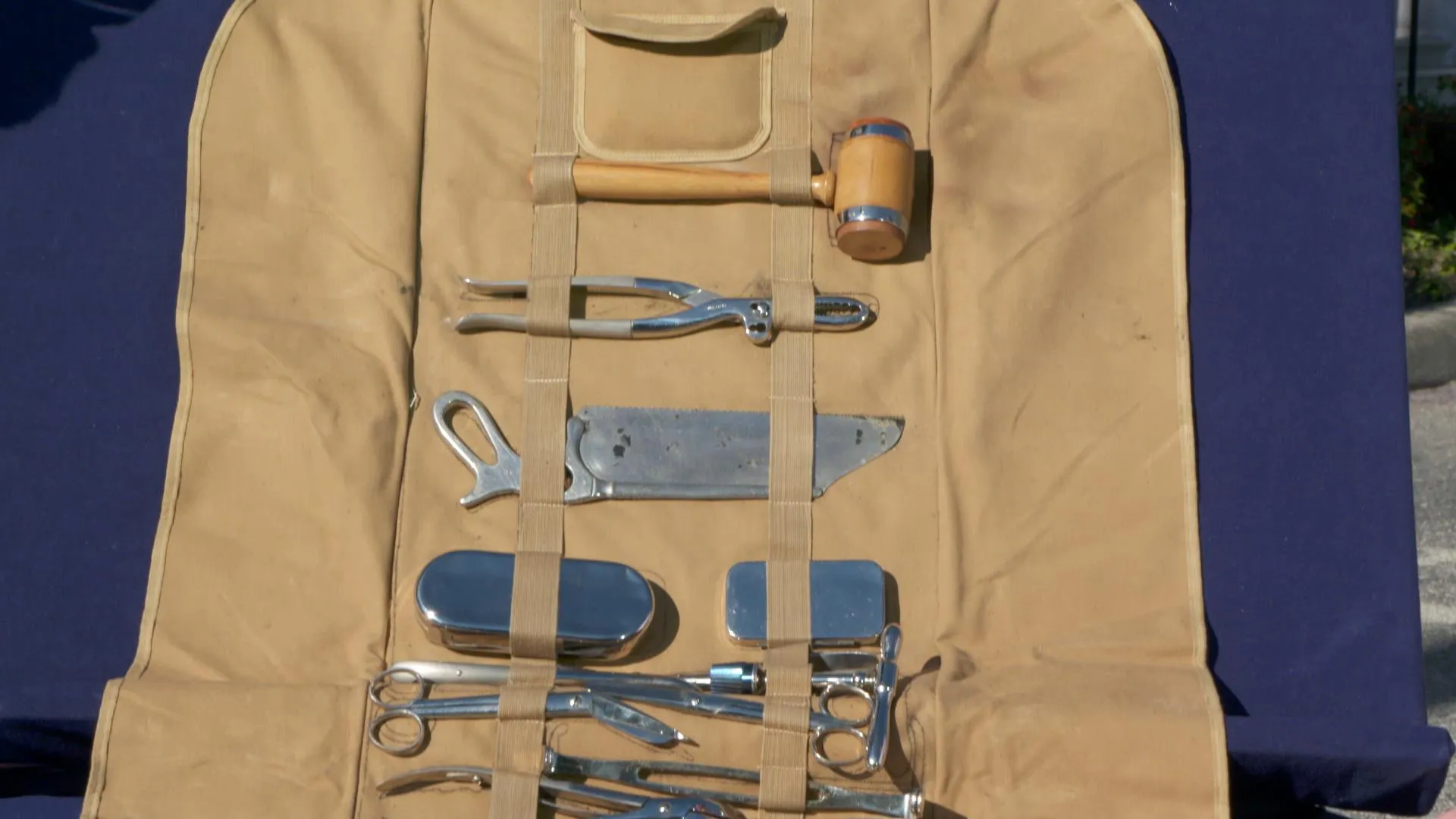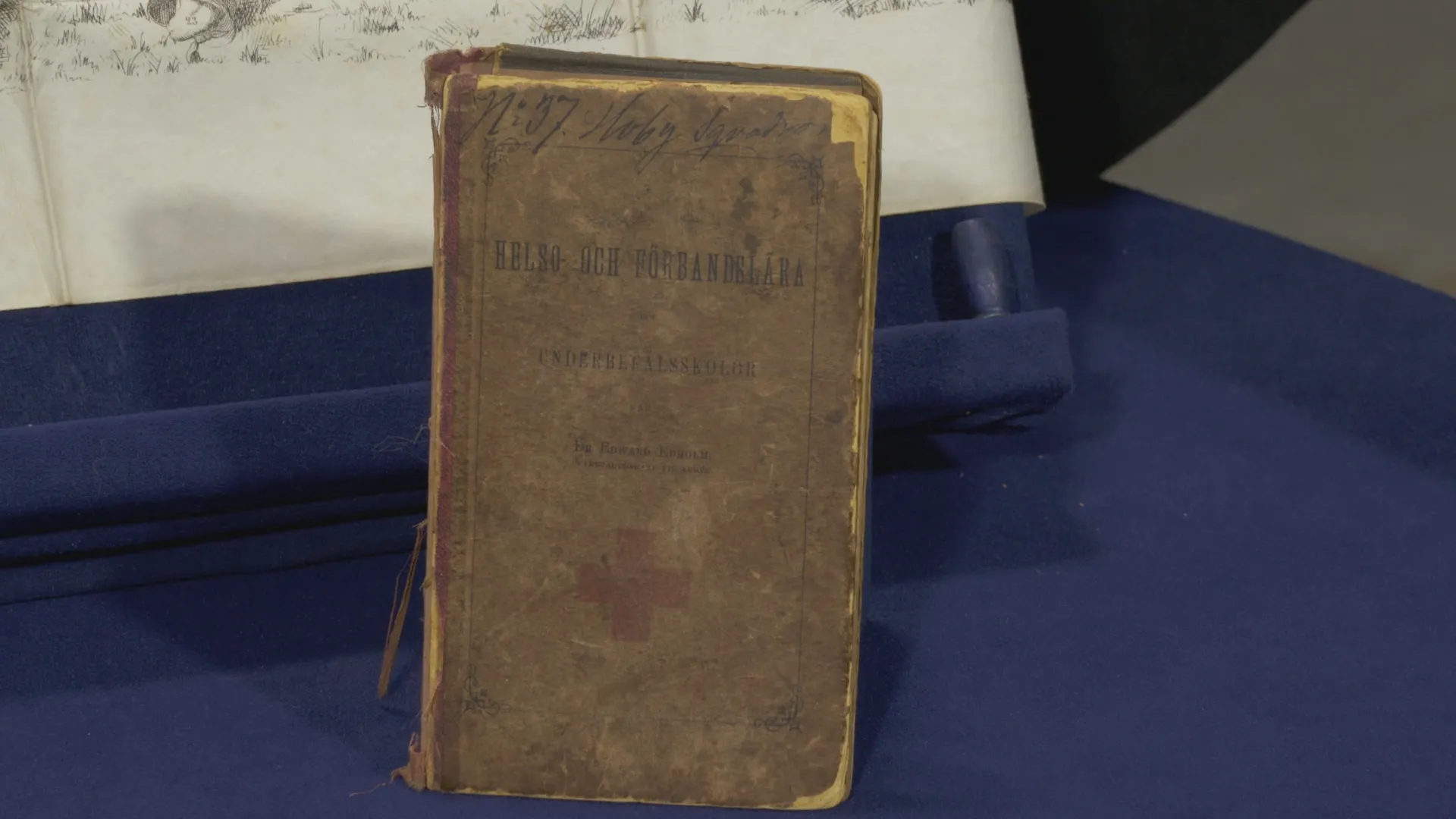GUEST: Today I brought a surgeon's medicinal chest that belonged to Dr. Nathan Blunt, who was in the 11th Regiment of the Maine Volunteers. I acquired this, oh, approximately 25 years ago. I was in an antique shop in a little town near me, Seekonk, in Seekonk, Massachusetts, and I saw this in there, and I fell in love with it. So I purchased it.
APPRAISER: Why don't you show us some of the, uh, more interesting bottles of "medications"...
(both chuckle)
APPRAISER: ...for lack of a better term, that are included in this set?
GUEST: Well, Tim, most of 'em are labeled. This one is creosotum. This one is a medication called cinchona, which I believe is related to quinine.
APPRAISER: Exactly-- that, uh, to my knowledge, was derived from a bark in Peru. It was an early way of dealing with malaria.
GUEST: And one that, uh, amazes me that it's in a m, medicinal box is bottle of strychnine.
APPRAISER: And I'm not exactly sure what medical use that would have.
GUEST: No, but I assume they would mix up certain potions to treat certain illnesses.
APPRAISER: Absolutely. Well, in and of itself, it's a really wonderful grouping of items, where you've got all the different containers that had the medicines or the compounds to make medicines. You would weigh things out, use your mortar and pestle.
GUEST: Mm-hmm.
APPRAISER: And you're, not only you're a doctor, you were a pharmacist, as well.
GUEST: Right. (chuckles)
APPRAISER: To me, the really special part is that we know who this belonged to. We have this lovely engraved plaque on the face of the lid that says "Dr. Nathan F. Blunt, 11th Maine Regiment, U.S." Dr. Blunt was sort of an interesting person. He was born in 1820 in Bingham, Maine.
GUEST: Mm-hmm.
APPRAISER: And was the town doctor and the town surgeon for basically his entire adult life. And the guy was incredibly beloved. He died when he was 51 years old, in 1871. The local G.A.R. post wasn't established until roughly a decade later, and they named it for him. And I found that the town historical society, they have some more of his letters.
GUEST: Oh.
APPRAISER: Including another one with a note from his daughter, very similar to this one's.
GUEST: Yeah, that one has a l, little note from his daughter in it.
APPRAISER: So that's really interesting. They've got some of his items, and there was an interesting little blurb. They said that when he came home from the war, his body was essentially, been destroyed by his military service. The 11th Maine also has some interesting history. They were a, a longtime regiment. They fought through almost the entire war, basically from the Peninsula campaign all the way through to Appomattox. They were at the Siege of Petersburg, and they don't even get mustered out until 1866.
GUEST: Mm-hmm.
APPRAISER: So they're doing some level of, uh, occupation duty in Virginia, as well, after the war is over. While there were actual issue surgical kits, in general, I seem to believe that most of the surgeons were bringing their own items to war with them. And you said you paid...
GUEST: About $200 at the time.
APPRAISER: About $200. If this was just the set, without the name plaque, we don't know who it belonged to, we don't have the letter that concretely ties all of this together, then this is probably an $800 to $1,200 item. But we know who it belongs to. As a result, I think a much more reasonable auction estimate for this set would be somewhere in the $2,000 to $2,500 range.
GUEST: Mm, that's great to know.
APPRAISER: So even after 25 years, that's still a pretty good return on investment.
GUEST: (chuckles) I don't intend to sell it.
